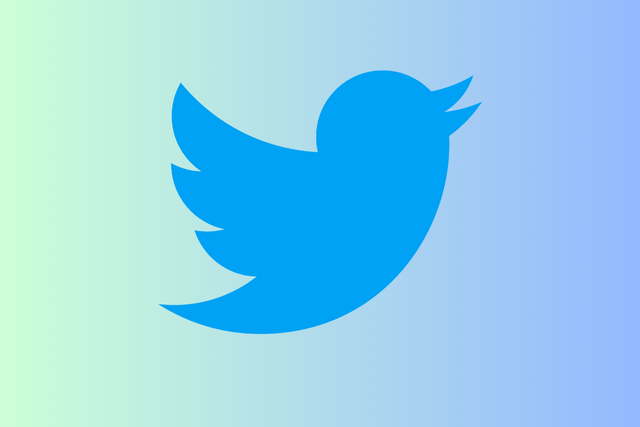
Twitter is a powerful marketing tool that allows businesses to promote events, sales, and products. However, it requires consistent engagement to maximize effectiveness.
To start, it’s important to understand the basics of Twitter. Learn more about Twitter terminology and features, such as the pinned tweet (which appears first when people view your profile) and lists.
1. Get Started
A Twitter business account can help you connect with your audience in a more human way on a platform that was made for connection. It is a powerful tool for businesses to promote products, campaigns and services, provide customer service and even build relationships with micro-influencers.
When creating a Twitter business account, you will be asked to select a username, choose a profile picture and fill in your website URL. The profile image is important because it will appear next to all your tweets, retweets and replies. Ideally, you should use your logo for this purpose. It is also important to set a consistent brand voice on the Twitter platform by being open, helpful, positive and generous. This will help you to build trust with your audience and ultimately grow your business.
You will only have 160 characters to describe what it is that you do, so make sure to optimize your content. In addition, you should always include a call-to-action on your Twitter business account with a trackable link using a tool like Bitly. This will allow you to see exactly how many people click on your call-to-action and how they move on in your sales process.
Another key thing to remember about Twitter for business is that it’s a conversational platform, so you will want to respond quickly and positively to anyone who interacts with you on the site. In fact, 85% of small and medium-sized businesses say they provide customer support via Twitter.
2. Promote Your Tweets
Twitter is a hub for niche communities and real-time conversations, making it the ideal platform for businesses to promote themselves, build relationships with their audience and keep tabs on industry trends. Once you’ve signed up for a business account, start posting content that appeals to your target audience. Posting valuable information, links to helpful resources and entertaining content can help you increase your follower count and gain exposure for your brand.
The short character limit of Tweets makes it easy to share tips, statistics or powerful bits of information that educate your followers. Sharing content from authorities and influencers in your industry is also a great way to engage your followers. Tweeting special sales, company announcements and funny memes can also drive engagement.
Promoted Tweets and accounts are a cost-effective way to generate engagement with your audience, especially if you’re just getting started. Use Twitter’s real-time dashboard to track your results and make adjustments as needed.
Don’t forget to add a profile photo and a description of your business. A professional-looking photo of your business logo is the perfect choice, and a short description can be used to share your mission or purpose statement. Once your profile is complete, select a password and record it somewhere safe. It’s important to have a strong, complex password that’s hard for someone to guess.
3. Engage With Your Audience
The short character limit of Twitter makes it easy to share content that interests, educates or entertains your audience. This content might include business announcements, special sales, links to relevant blog posts or funny memes. It might also include behind-the-scenes content that shows your customers a different side of your business. This helps humanize your brand and builds a connection with your audience.
You might also use Twitter to engage with your followers directly, either through tweets or direct messages. For example, you might ask your audience for feedback on a new product or service. You might also create and post polls to get an instant response from your followers. Twitter also allows you to promote your content to a specific audience through paid ads, which appear in the newsfeeds of people who might be interested in what you have to say.
Take the time to understand your target audience and what type of content they are most likely to engage with on Twitter. This will help you make better marketing decisions and increase the likelihood that your efforts will pay off. In addition, taking a strategic approach to your Twitter activity will help you set clear goals and focus on the metrics that matter most. For example, you might measure how many impressions and retweets your content gets to gauge how well it is performing. You can buy Twitter accounts in bulk for social media marketing from PVAAccountsBuy.
4. Measure Your Success
The key to maximizing the return on your investment on Twitter is to set KPIs (key performance indicators) that align with your overall business goals. These may include things such as followers, brand mentions, retweets or profile views. Once you have established your KPIs, you will need to use a robust Twitter analytics and reporting tool to track and measure your progress on the platform.
A key metric to pay attention to is the engagement rate, which measures how often people interact with your Tweets. You can see this metric at both the tweet and account level in your Twitter analytics dashboard. Another useful metric is link clicks, which measures how many times people click on a link in your tweets.
Twitter is a great way to promote your company's blog content and drive website traffic. You can also use the platform to share industry news and trends with your audience. In addition, you can use Twitter to handle customer service issues, as 85% of small and medium-sized businesses say they do on the platform.
If you're not already on Twitter, it's easy to get started. You can upgrade your personal account to a business account by visiting the settings page and choosing "Business." Once you've done that, you'll need to add an official profile photo that represents your organization.